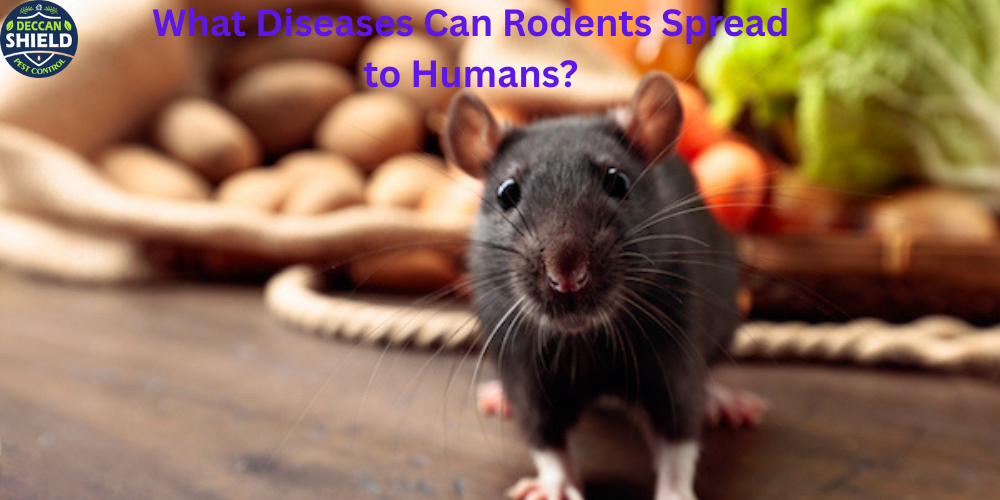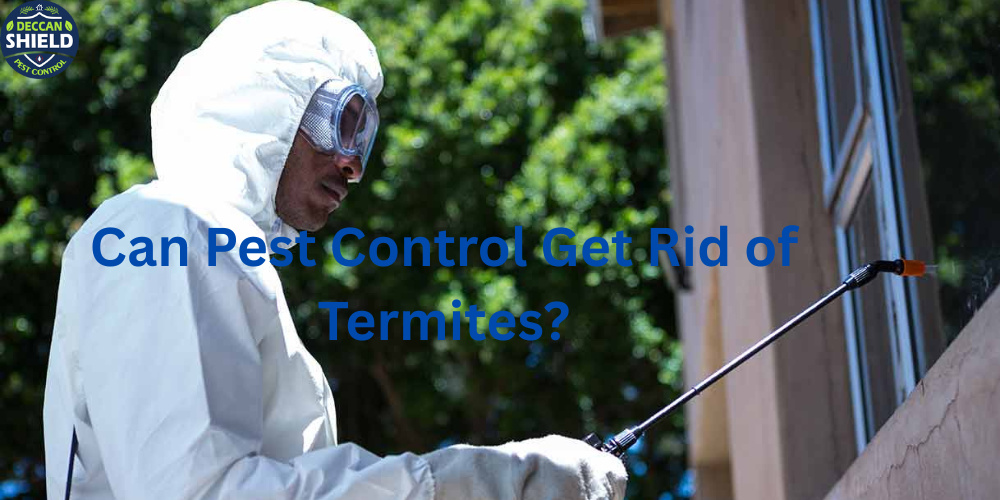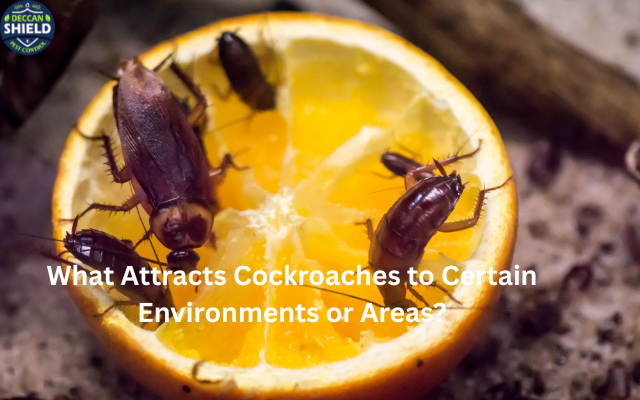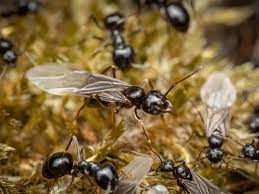What Diseases Can Rodents Spread to Humans?

Strong 8k brings an ultra-HD IPTV experience to your living room and your pocket.
Rodents like rats and mice are more than just a nuisance — they are a serious public health threat. These small mammals are notorious carriers of dangerous pathogens and parasites, making them a major concern in both residential and commercial settings. Whether infesting homes, restaurants, storage areas, or farms, rodents are capable of spreading a wide range of diseases to humans, sometimes with severe or even fatal consequences.
In this comprehensive blog, we will explore the various diseases that rodents can transmit to humans, how these transmissions occur, and what you can do to protect your health and property.
_______________________________________
Why Are Rodents a Health Hazard?
Rodents thrive in unsanitary environments like garbage dumps, sewers, and food storage areas. Their constant search for food and shelter often brings them into close contact with humans and our living spaces. Because they can squeeze through small gaps and reproduce rapidly, a minor rodent issue can quickly escalate into a full-blown infestation.
Rodents spread diseases in several ways:
• Direct contact with rodent urine, droppings, or saliva
• Bites from infected rodents
• Indirect transmission through fleas, ticks, or mites that have fed on infected rodents
• Contamination of food or water
• Inhalation of airborne particles from dried droppings or nesting materials
________________________________________
1. Leptospirosis
Leptospirosis is a bacterial infection caused by Leptospira bacteria found in rodent urine. It thrives in warm, moist environments and can survive in water or soil for weeks.
How it spreads:
Humans can contract leptospirosis by:
• Touching water or soil contaminated by rodent urine
• Consuming contaminated food or water
• Exposure to open wounds or mucous membranes
Symptoms:
• Fever
• Muscle pain
• Vomiting
• Jaundice
• Red eyes
• In severe cases, it can lead to kidney or liver failure
________________________________________
2. Hantavirus Pulmonary Syndrome (HPS)
Hantavirus is a potentially deadly virus spread by certain species of rodents, particularly deer mice and white-footed mice.
How it spreads:
• Inhaling dust contaminated with rodent droppings, urine, or saliva
• Touching contaminated surfaces
• Rodent bites (rare)
Symptoms:
• Early signs include fatigue, fever, and muscle aches
• Progresses to coughing and shortness of breath
• Can lead to respiratory failure
There is no specific treatment for HPS, and the mortality rate is around 38%. Early hospitalization improves survival chances.
________________________________________
3. Salmonellosis
Salmonellosis is caused by the Salmonella bacteria, often found in rodent feces. It can contaminate food, utensils, and food preparation areas.
How it spreads:
• Consuming food or water contaminated with rodent feces
• Touching contaminated surfaces and then touching mouth or food
Symptoms:
• Diarrhea
• Abdominal cramps
• Vomiting
• Fever
This disease can be especially dangerous for the elderly, young children, and individuals with weakened immune systems.
________________________________________
4. Rat-Bite Fever
Rat-bite fever is a bacterial infection caused by either Streptobacillus moniliformis (in North America) or Spirillum minus (in Asia).
How it spreads:
• Through bites or scratches from infected rodents
• Contact with urine or secretions
• Consumption of food or water contaminated by rodent waste
Symptoms:
• Fever
• Rash
• Joint pain
• Vomiting
• Muscle aches
Untreated rat-bite fever can lead to serious complications like pneumonia, meningitis, or endocarditis.
________________________________________
5. Lymphocytic Choriomeningitis Virus (LCMV)
LCMV is a viral infection carried primarily by the common house mouse.
How it spreads:
• Exposure to fresh urine, droppings, or nesting materials
• Inhalation of airborne particles
• Rodent bites (less common)
Symptoms:
• Fever
• Lack of appetite
• Headache
• Nausea
• Neurological symptoms (in severe cases)
LCMV poses a significant risk to pregnant women as it can cause birth defects or miscarriage.
________________________________________
6. Plague
The plague, caused by Yersinia pestis, is one of history’s deadliest diseases. It’s primarily spread by fleas that infest rats and other rodents.
Types of plague:
• Bubonic plague: Swollen lymph nodes
• Pneumonic plague: Affects the lungs and can spread from person to person
• Septicemic plague: Affects the blood and organs
Symptoms:
• Fever and chills
• Extreme weakness
• Swollen lymph nodes (buboes)
• Cough with bloody sputum (pneumonic)
Although rare today, plague outbreaks still occur in some regions. With antibiotics, survival is possible if treated early.
________________________________________
7. Tularemia
Tularemia is a rare infectious disease caused by Francisella tularensis, found in rodents, rabbits, and hares.
How it spreads:
• Direct contact with infected rodents
• Inhalation of dust contaminated with rodent carcasses or waste
• Bites from infected ticks or flies
Symptoms:
• Skin ulcers
• Swollen lymph nodes
• Fever
• Respiratory issues (inhalation form)
Tularemia is highly infectious, and even a small number of bacteria can cause illness.
________________________________________
8. Hemorrhagic Fever with Renal Syndrome (HFRS)
HFRS is caused by hantaviruses in Europe and Asia and is spread by various rodent species.
How it spreads:
• Inhalation of dust contaminated with infected rodent excreta
• Direct contact with rodent fluids or bites
Symptoms:
• Flu-like symptoms
• Low blood pressure
• Kidney failure
• Internal bleeding
Though treatable, it can be life-threatening if not managed properly.
________________________________________
9. Tapeworms and Other Parasites
Rodents often carry parasites such as:
• Tapeworms
• Roundworms
• Fleas
• Ticks
• Mites
These parasites can transmit additional diseases or cause their own health issues, especially in children or immune compromised individuals.
For instance:
• Fleas from rats can transmit plague and typhus
• Ticks can transmit Lyme disease or ehrlichiosis
• Mites can cause skin irritation or allergic reactions
________________________________________
How to Prevent Rodent-Borne Diseases
Prevention is the most effective way to avoid rodent-related illnesses. Here are some essential steps:
1. Seal Entry Points
• Close gaps in doors, windows, and walls
• Cover vents and drains with screens
• Install door sweeps and seal foundation cracks
2. Maintain Cleanliness
• Store food in airtight containers
• Regularly dispose of garbage
• Avoid clutter where rodents can nest
3. Eliminate Food and Water Sources
• Fix leaking pipes and faucets
• Don’t leave pet food out overnight
• Clean up spilled food immediately
4. Use Rodent Traps and Baits
• Snap traps, glue boards, or bait stations can reduce populations
• Always place traps along walls and near droppings or nests
5. Hire Professional Rodent Control Services
DIY methods often fail to address the root of the problem. Professional rodent control services:
• Identify nesting sites and entry points
• Use safe and effective extermination methods
• Offer long-term solutions for prevention
________________________________________
When to Call Rodent Control Experts
If you notice any of the following, it’s time to contact a professional rodent control company:
• Droppings in the kitchen, pantry, or attic
• Gnawed wires, furniture, or food packages
• Scratching noises inside walls or ceilings
• Nests made of shredded material
• Sightings of live or dead rodents
Don't wait until the problem escalates — prompt intervention can protect your home and your health.
________________________________________
Final Thoughts
Rodents may appear harmless, but the diseases they carry are anything but. From life-threatening infections like hantavirus and plague to common illnesses like salmonellosis, the threat posed by these creatures is very real.
Understanding how rodents transmit diseases and recognizing the symptoms early can make a life-saving difference. However, the most effective strategy is prevention through sanitation, home maintenance, and professional pest control.
Note: IndiBlogHub features both user-submitted and editorial content. We do not verify third-party contributions. Read our Disclaimer and Privacy Policyfor details.







